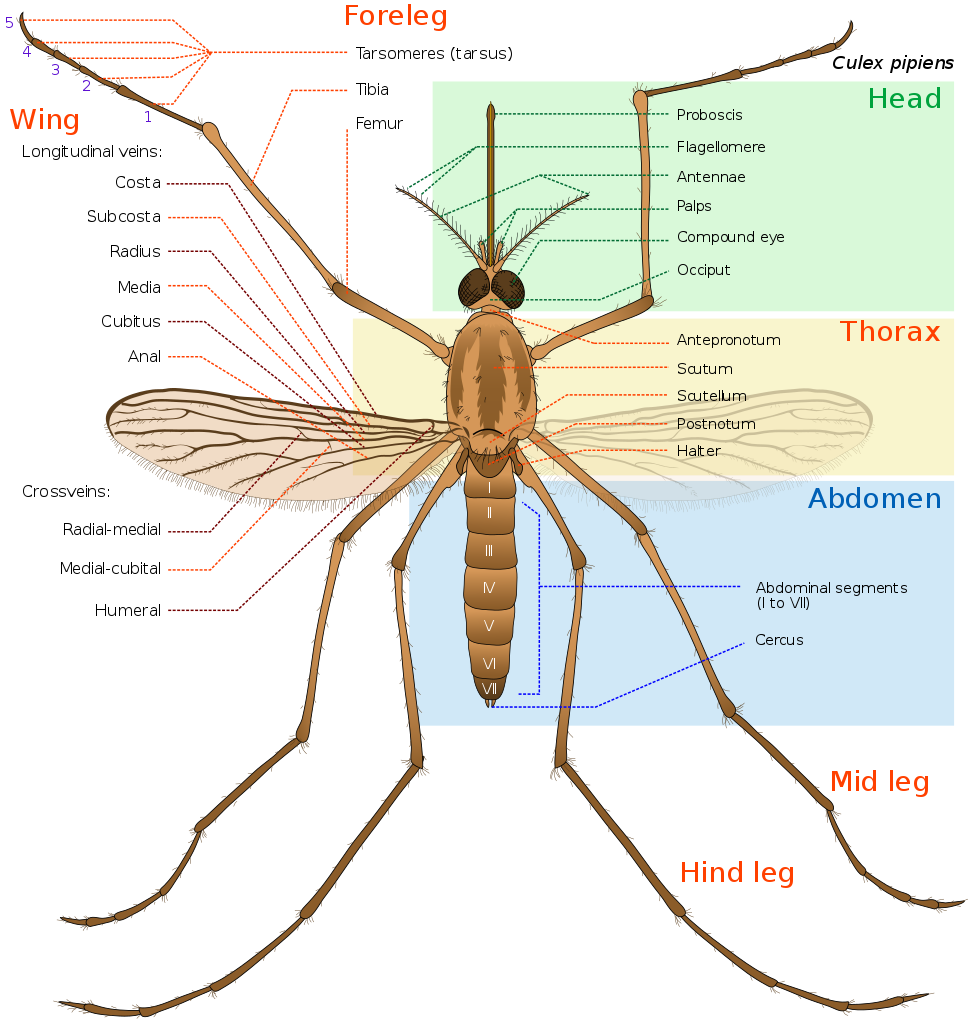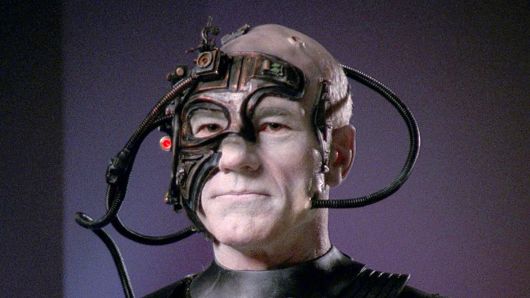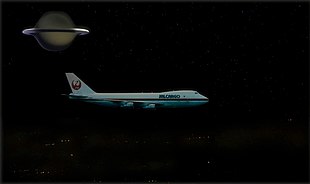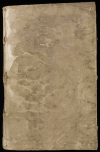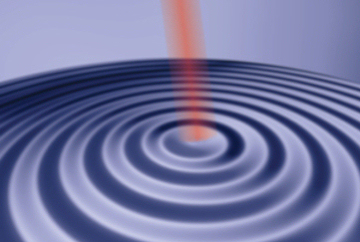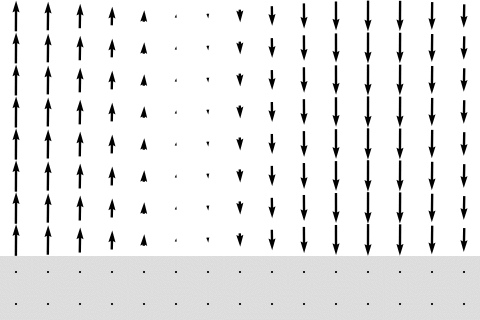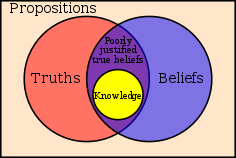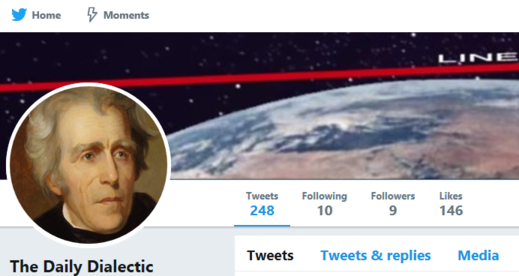
The first pioneers in the concept and development of wireless-power-transmission systems were N. Tesla, K. Tsiolkowski, G. Goubeau, and W. C. Brown
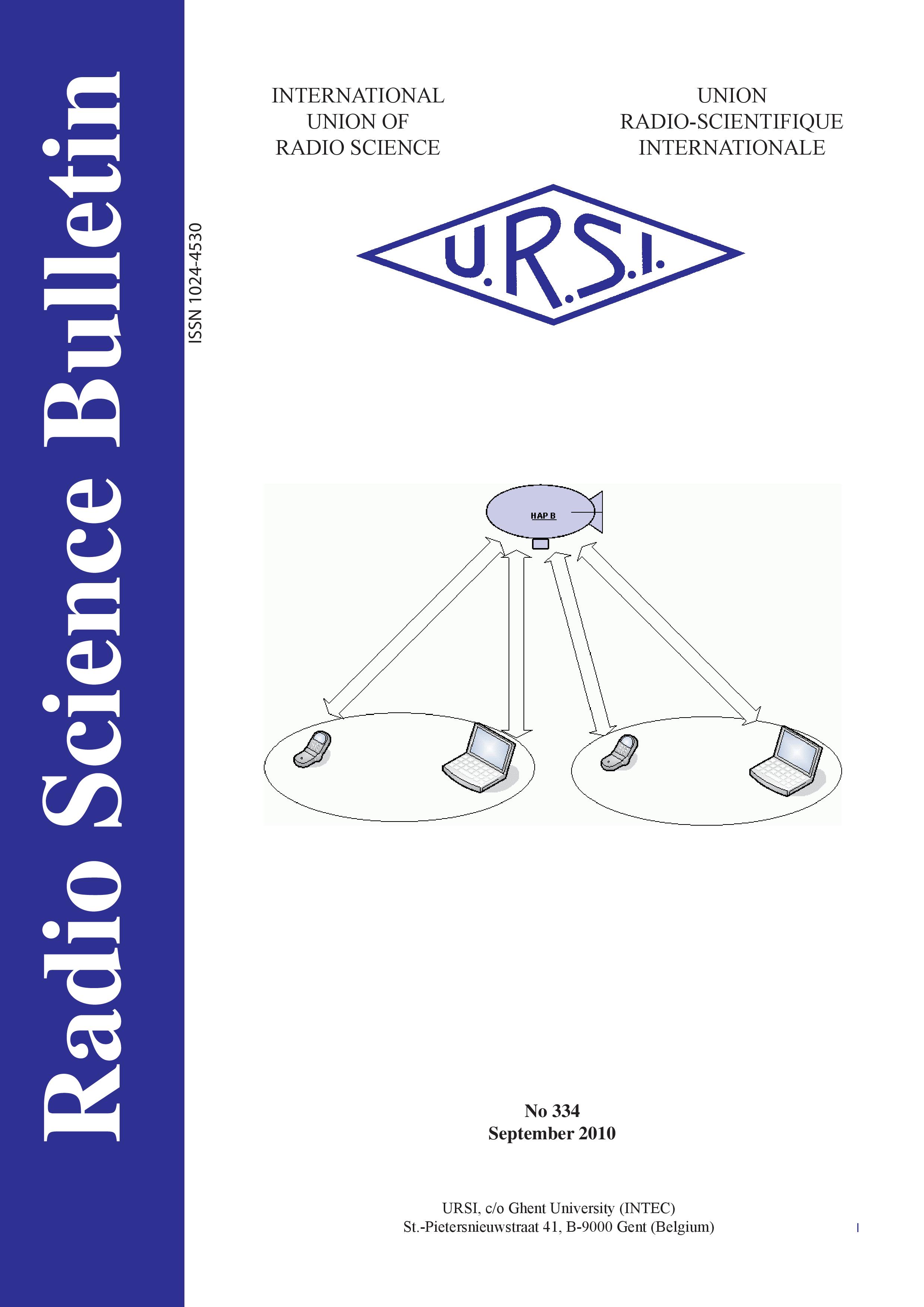
The first pioneers in the concept and development of wireless-power-transmission systems were N. Tesla, K. Tsiolkowski, G. Goubeau, and W. C. Brown [7-12, 16, 17]. These should be compared to J. C. Maxwell, H. Hertz, Popov, and G. Marconi for wireless communication systems [1-6]. The fi rst experiments for the realization of long-distance microwave wireless-power-transmission systems were done by N. Tesla in the beginning of the 20th century [7, 10]. However, the lack of maturity of the microwave technology, and very low power effi ciency, stopped any interest in the development of wireless-powertransmission systems for many years. In the meantime, signifi cant advancements in microwave power tubes, antennas, control tracking systems, and photovoltaic solar cells in the 1950s enabled the development of effi cient wireless-power-transmission systems [5, 8, 11]. The most important step was the development of effi cient rectennas by W. C. Brown of Raytheon Corp. in 1964. This enhanced the conversion effi ciency of microwave-to-direct-current power from 15%, with point-contact diodes, to more than 50%, with silicon Schottky-barrier diodes; the effi ciency can reach more than 85% today [11, 17]. In 1968, W. C. Brown and his team succeeded in supplying 200 W of dc power to a low-altitude helicopter, at an altitude of 15 m, using a dish antenna, transmitting at a frequency of 2450 MHz [21]. Later, in 1975, Brown assisted R. M. Dickinson from JPL in building a large terrestrial wireless-powertransmission installation at the Venus Site of the Goldstone Facility in California. The separation distance was 1.54 km between a transmitting parabolic antenna, with a diameter of 26 m, and a rectenna array, with dimensions of 3.4 m × 7.2 m, located on a tower. The transmitting frequency was 2.388 GHz from a klystron tube, and the receiver’s output dc power was 30 kW, with 82.5% rectenna power-conversion efficiency [17, 18 ].
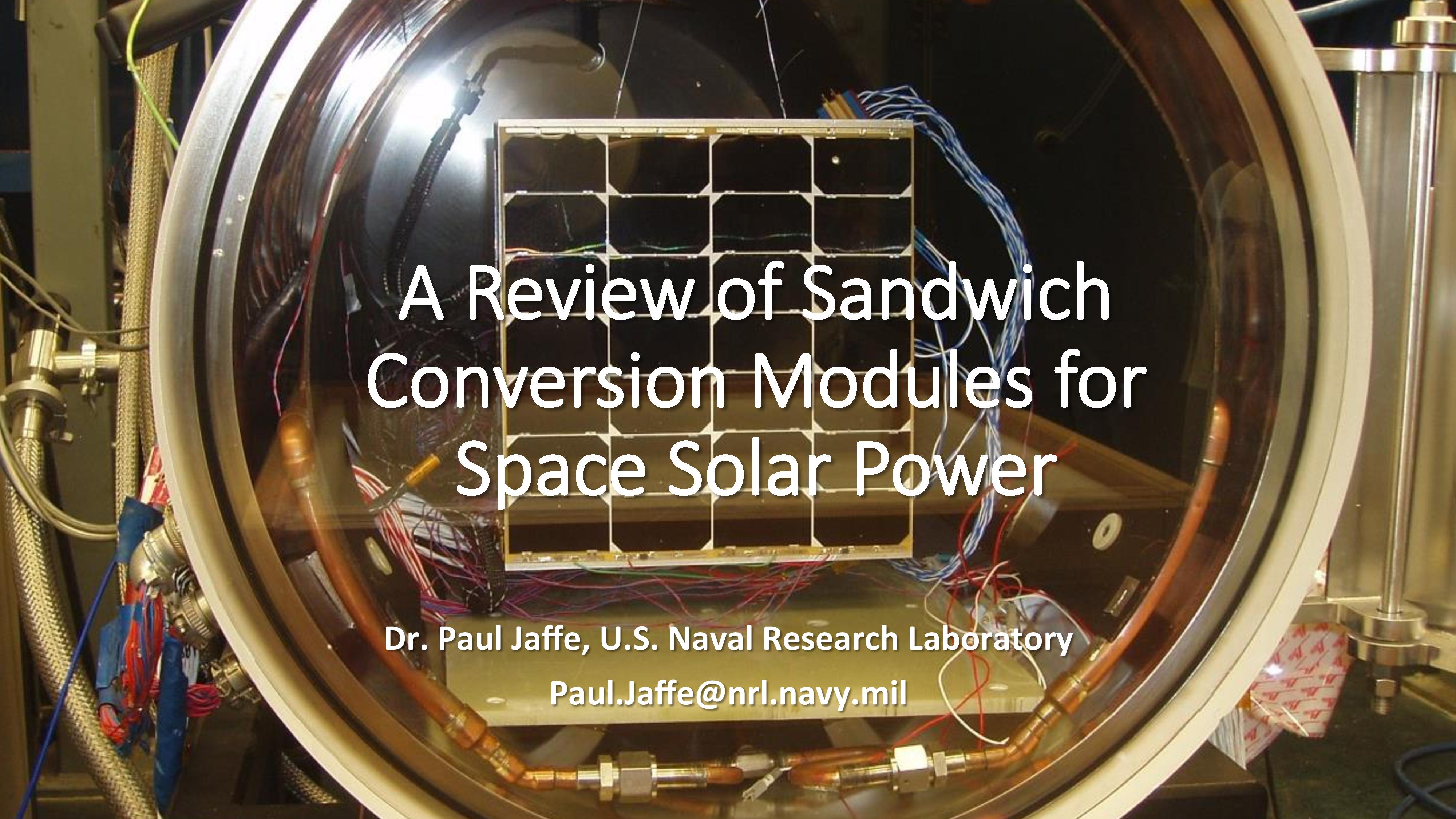
Our team is a top group nationally and internationally investigating the thermal limitations of sandwich modules, integration challenges, and was the first to target and demonstrate prototype environmental testng. Other groups working with sandwich module development (Kobe University, Kyoto University, Texas A&M University, Caltech/Northrop Grumman, others) are now seeking to improve upon our results. Collaboraons currently being invesgated for possible formaliza>on through MOUs, MOAs, CRADAs: ARTEMIS Innovation, LLC Follow-on hardware development via NASA NIAC or ARPA-E Solaren Corporaon Solaren is currently under contract to provide clean power to PG&E in 2019 NRL’s Tech Transfer office has drafted an NDA for Solaren, our discussions wit h them are ongoing.
The daily dialectics was devised in efforts of exposing devious tech derived from major companies. The highlights of which are Google and Facebook. Over the past decade they have worked together in lieu of the development of a wireless power network integrated into our most populated areas worldwide. Most notably 2017 - 2018 was the year of the final patent approvals. Facebooks Line of Sight system can receive the dense wave form emitted by the waveguide attached to Googles Goubau Launchers. Both are capable of ultra-low, microwave, up to THZ frequencies depending on ambient conditions and intention of dispersal.



In an age where truths are akin to fiction in the minds of the masses, fiction is a key component in societal control. Reprogram your programmer's programming; join the dialectic.
Contact us:
thedailydialectic@outlook.com
In an age where truths are akin to fiction in the minds of the masses, fiction is a key component in societal control. Reprogram your programmer's programming; join the dialectic.
Contact us:thedailydialectic@outlook.com



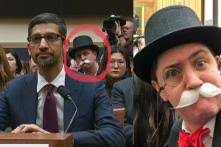



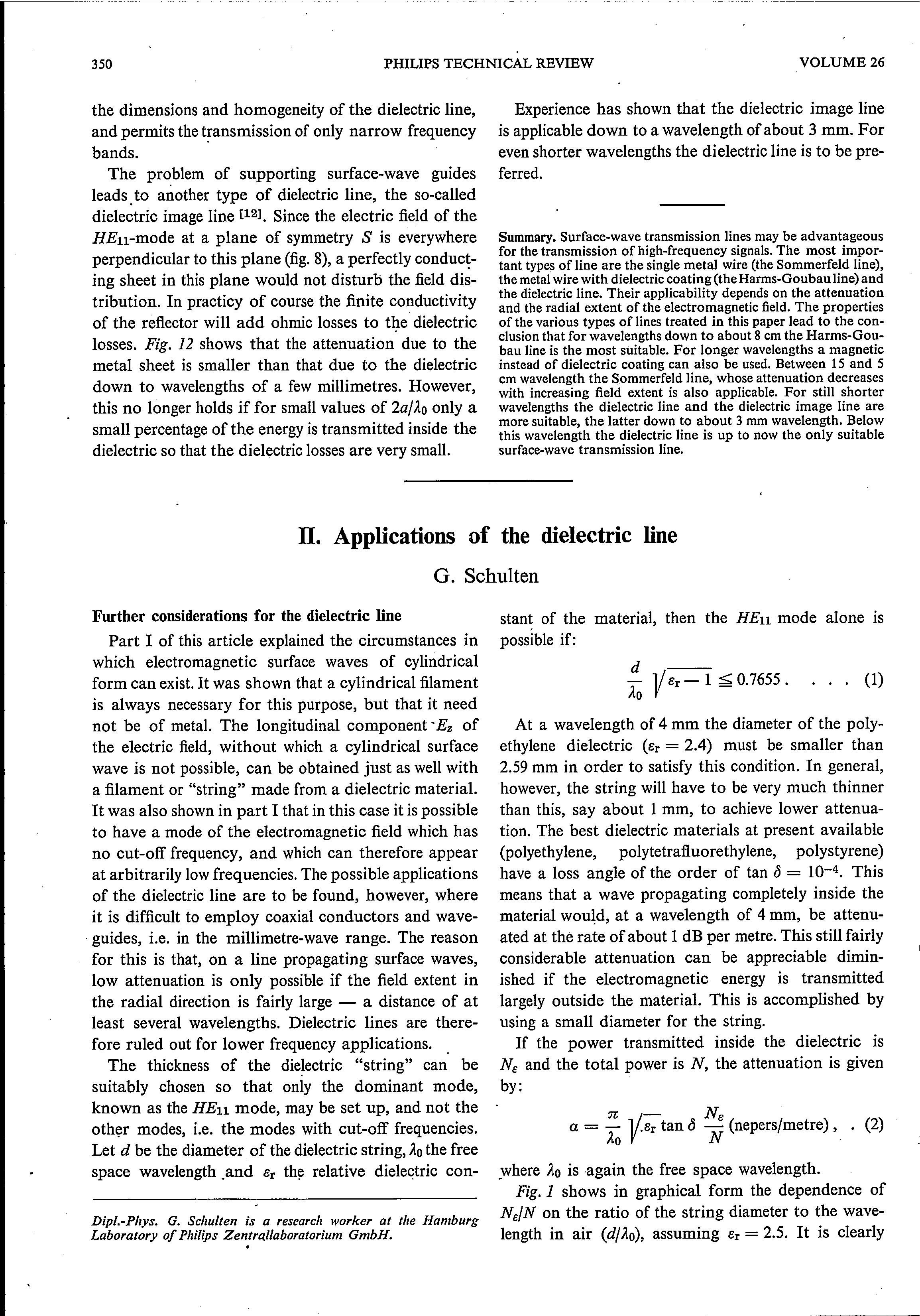

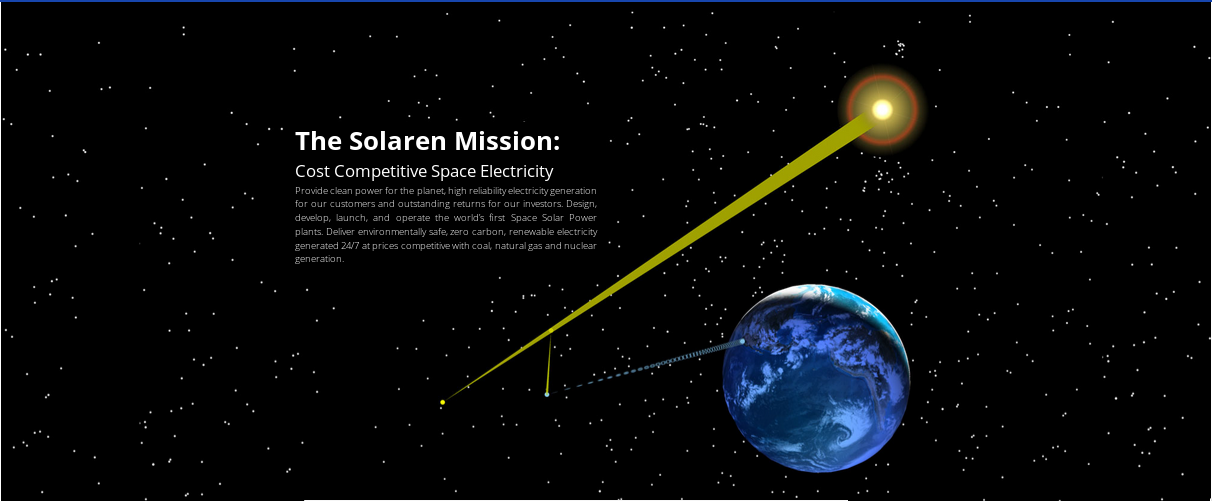
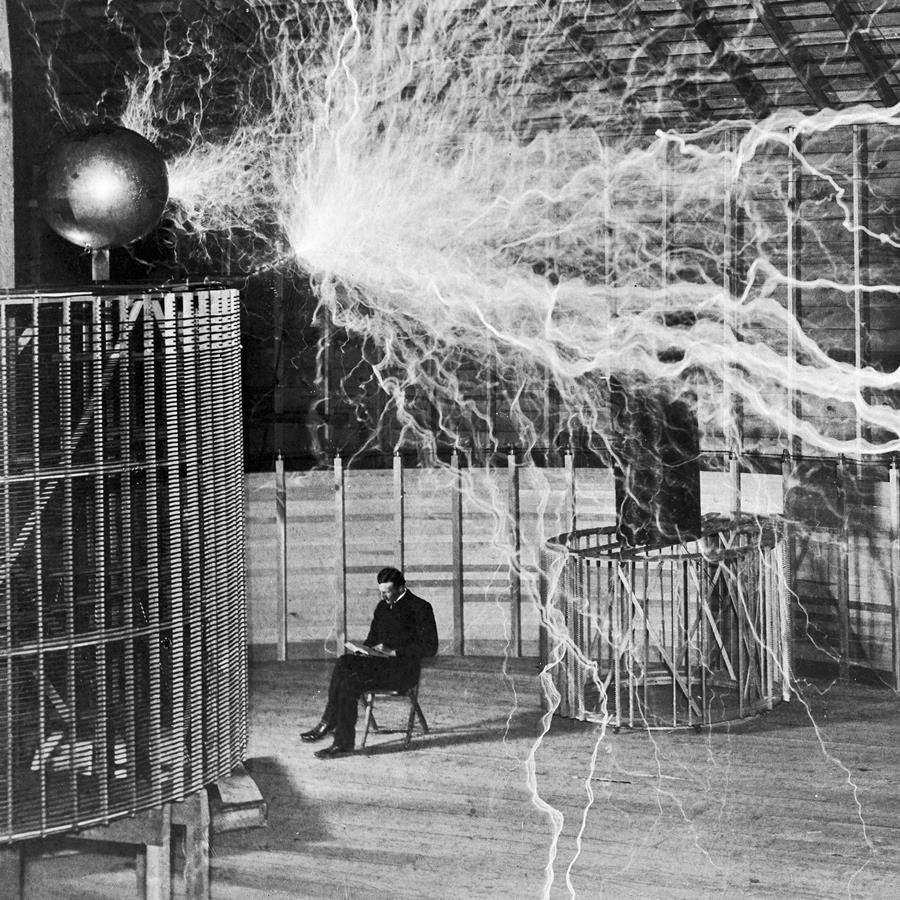
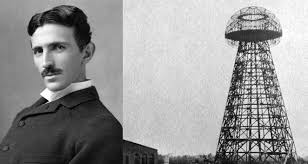



/HTML/20 Bedini_files/bigguy1.jpg)
